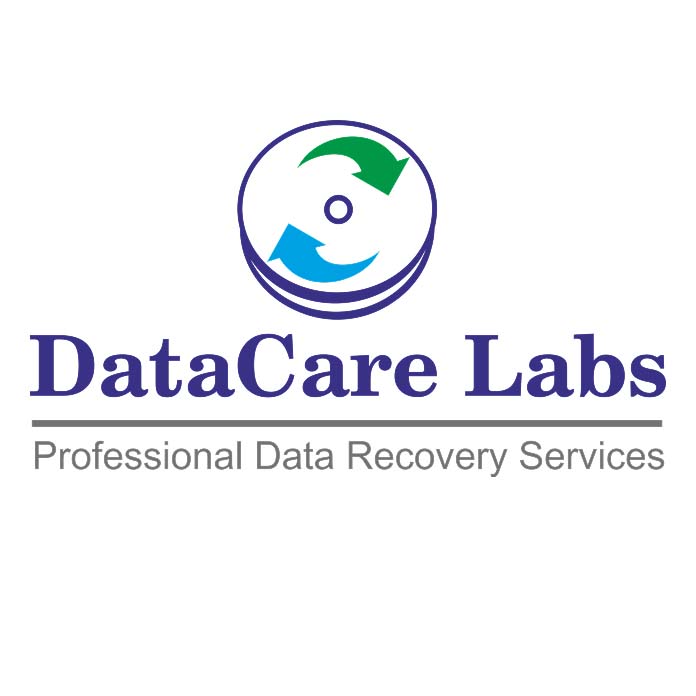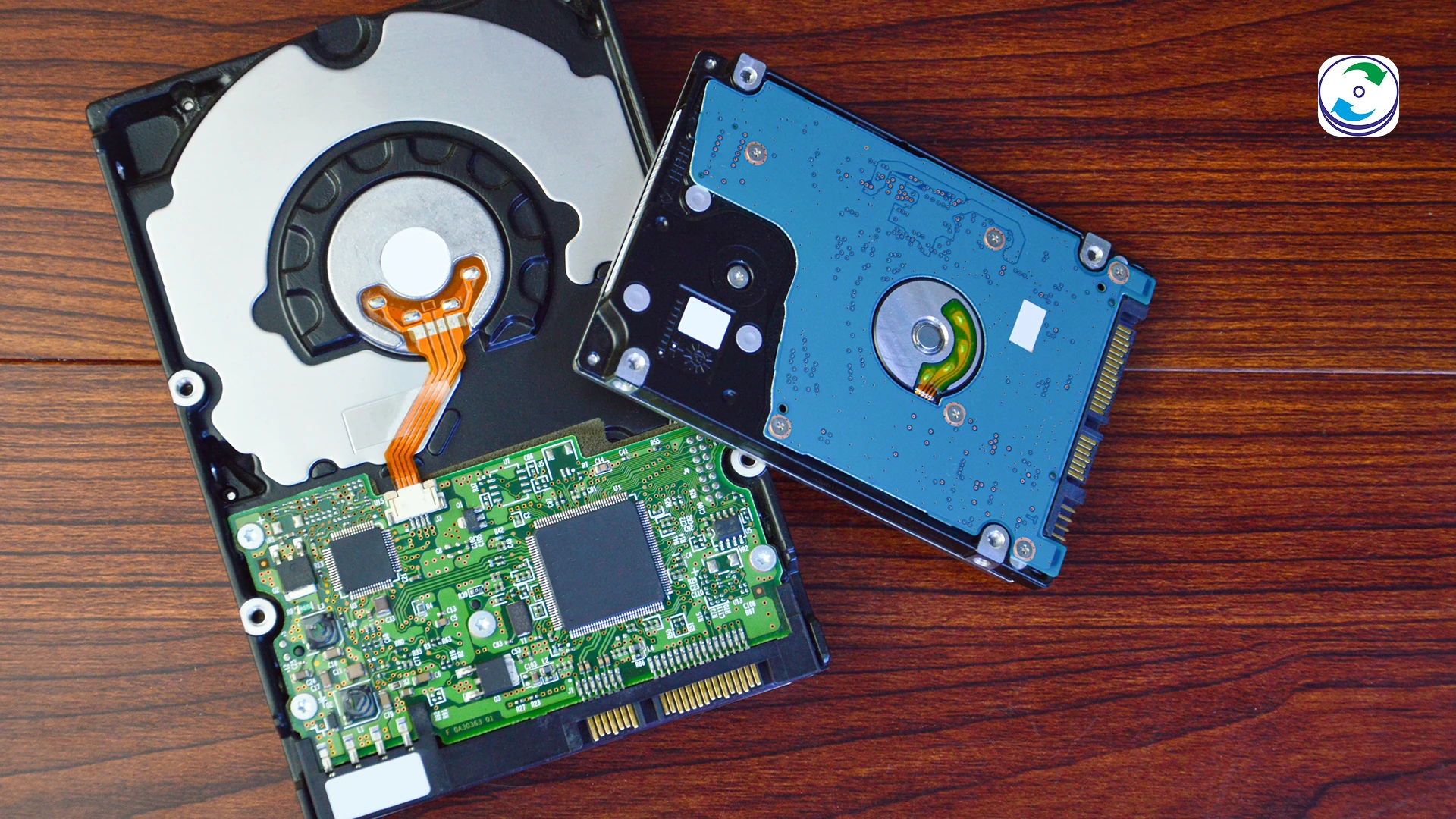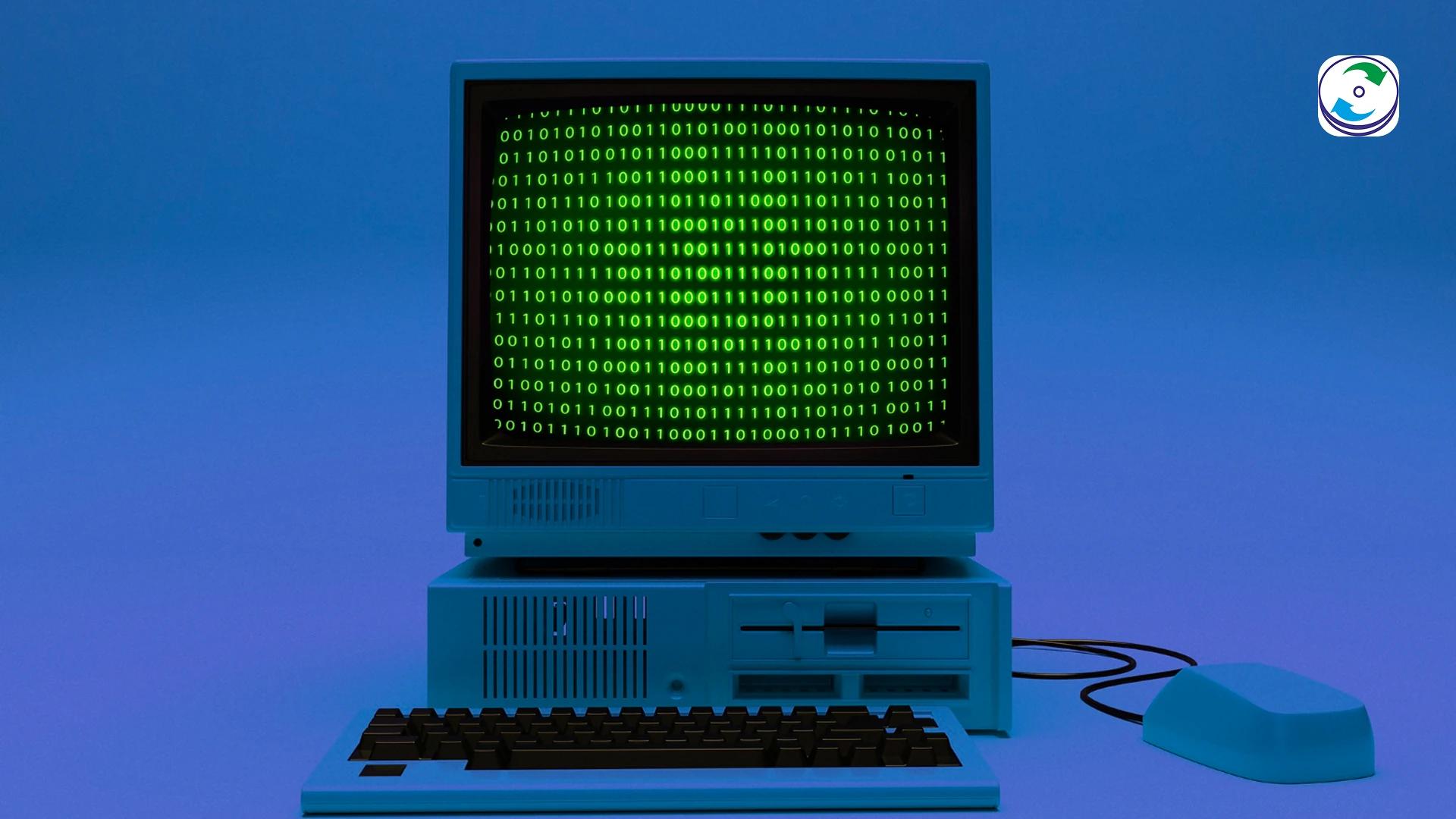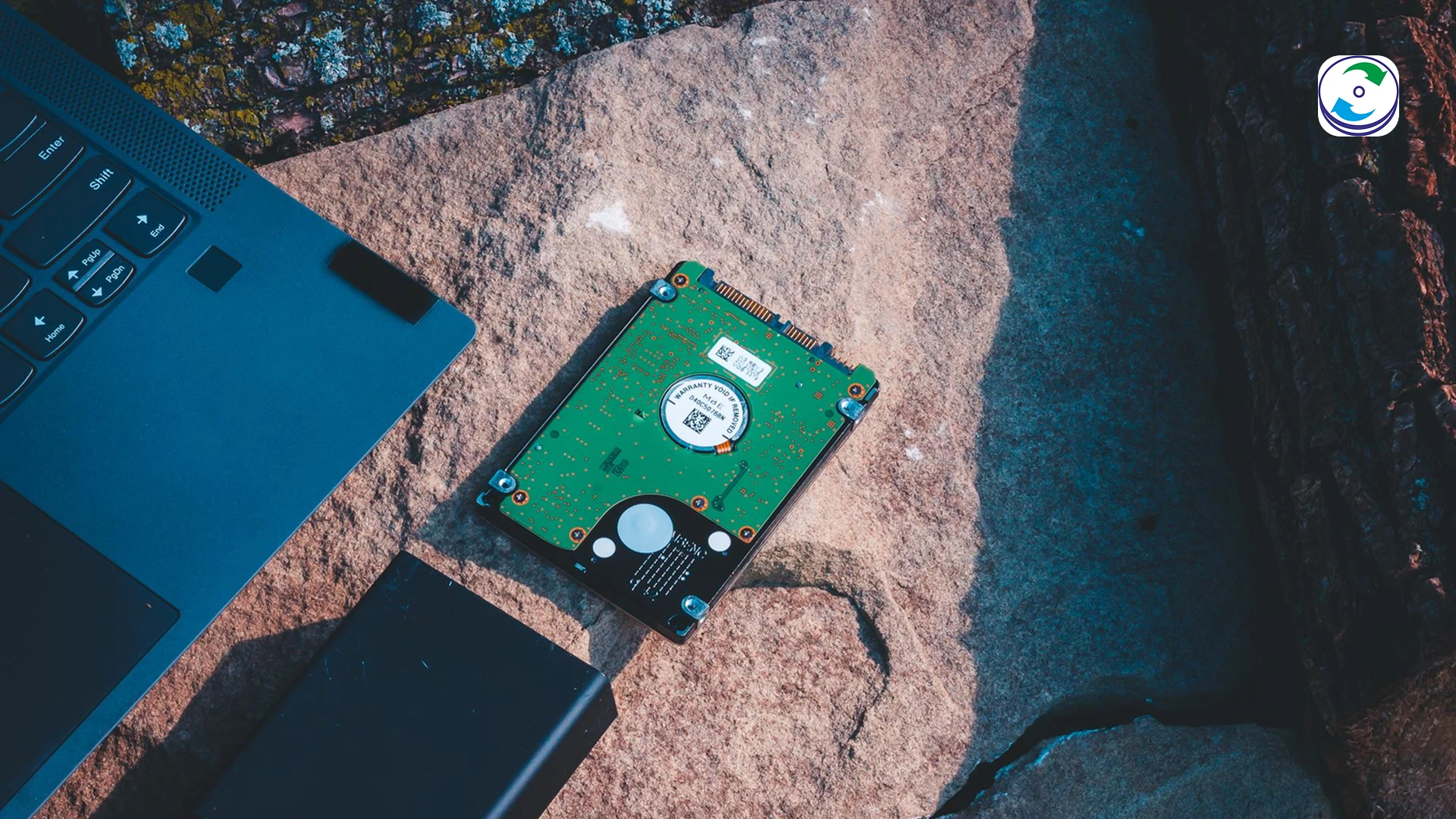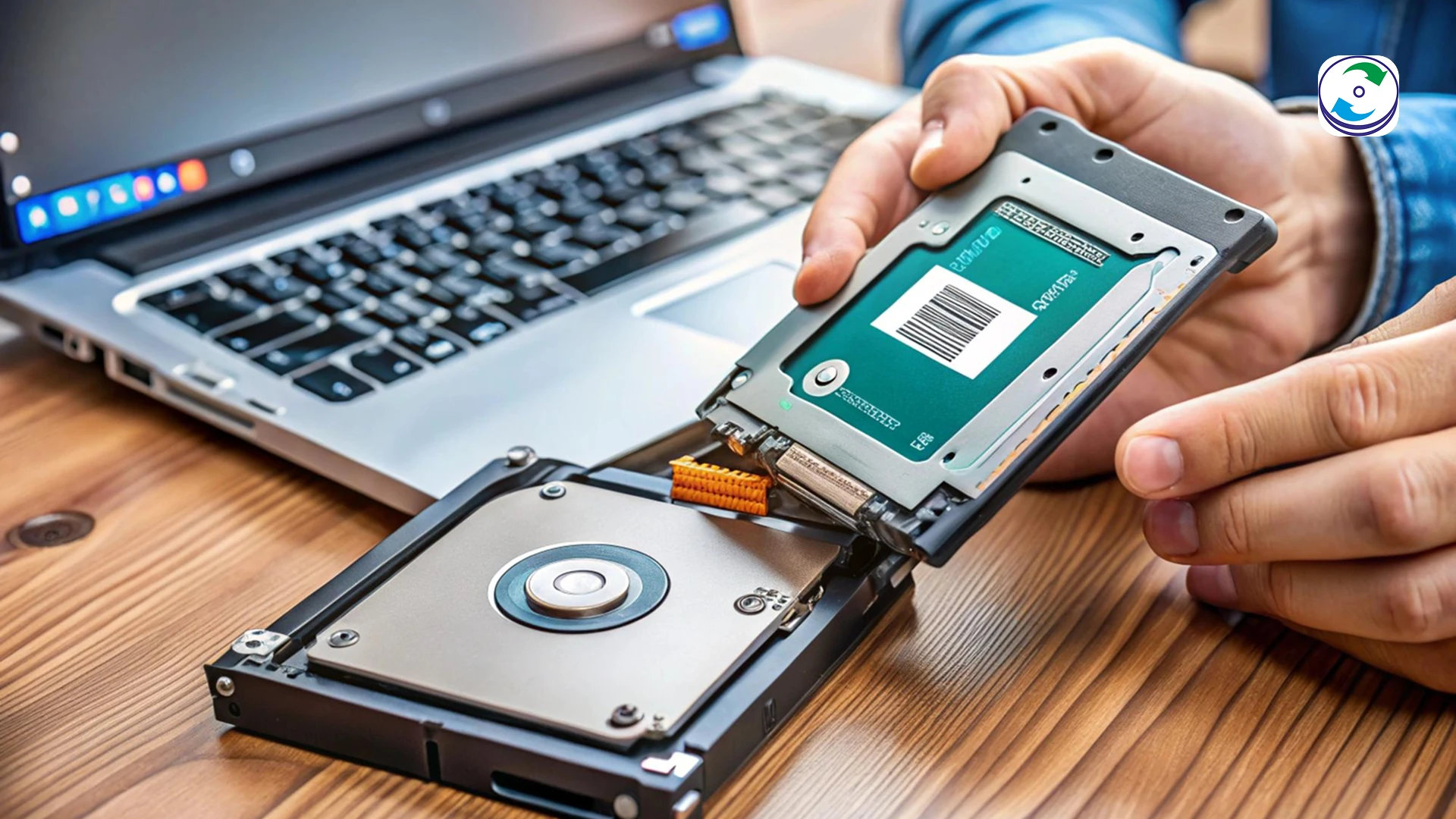The T2/M-Series Challenge: Why Mac Data Recovery is Now a Motherboard-Level Forensic Process
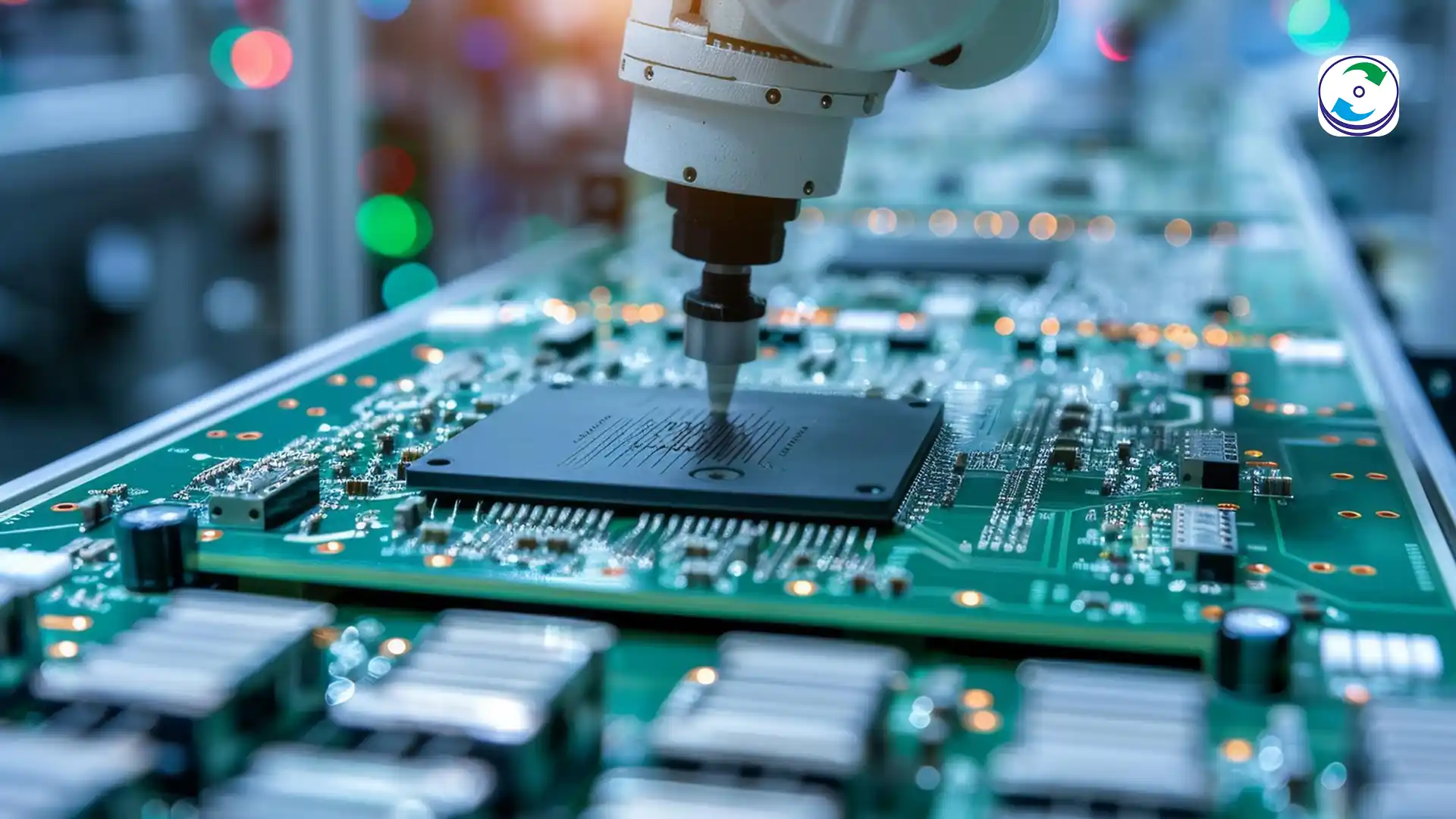
Introduction
Apple’s custom silicon—the T2 Security Chip and the subsequent M-Series chips (M1, M2, M3, etc.)—have revolutionized the Mac platform, making them faster, more integrated, and vastly more secure. By integrating the storage controller, I/O controller, and Secure Enclave (which manages encryption keys) directly onto the main system board, Apple created the most secure consumer machines ever built.
But this security comes with a devastating side effect: when the Mac fails, its proprietary architecture turns a simple hardware problem into a catastrophic data crisis. The T2/M-series Mac has rendered traditional data recovery—the simple act of pulling a drive and reading it—obsolete. Retrieving your data now requires a motherboard-level forensic process.
The Core Problem: Storage-on-a-Chip Architecture
The challenge begins with two fundamental design shifts:
-
No Removable Storage: Since 2018 (with few exceptions), the NAND flash chips (the SSD) are soldered directly onto the main logic board. This means the physical storage is inseparable from the computer’s central nervous system.
-
Hardware-Bound Encryption: The decryption key is intrinsically linked and stored within the Secure Enclave of the T2 or M-series chip. When you set a password, that key is bound to the unique hardware ID of your Mac.
In short, the storage and the encryption key are now one unit. If the logic board dies due to liquid damage, power surge, or physical impact, the key—and all your data—is inaccessible.
The T2/M-Series Data Recovery Lockout
On a traditional PC or older Mac, if the motherboard failed, a technician could simply remove the hard drive and plug it into a functioning adapter to recover the data. On a T2/M-series Mac, this is impossible:
-
The Drive is Unreadable: If you manage to desolder the NAND chips, the raw data is completely encrypted. Without the unique decryption key locked inside the dead T2/M-chip, the data is a meaningless scramble of bits.
-
The Key is Dead: If the logic board (where the T2/M-chip resides) is catastrophically damaged—e.g., a liquid spill shorts out a crucial power line—the key cannot be retrieved because the chip cannot power up to release it.
-
No Bypass Port: Unlike some early T2 models that briefly featured a highly proprietary data recovery port, modern Macs offer no external data transfer mechanism. The only way to retrieve the data is to bring the original logic board back to life.
The Specialist Solution: Component-Level Micro-Soldering
This challenge transforms data recovery from a storage problem into a micro-electronics repair problem. For DataCare Labs, recovery is a success only when we can perform intricate, component-level repairs to coax the logic board into communicating one last time.
The process requires elite expertise in micro-soldering:
-
Forensic Diagnosis: Pinpointing the exact component (a capacitor, a voltage regulator, or a micro-fuse) that has failed on the multi-layered logic board.
-
Component Replacement: Working under a microscope, our technicians use specialized tools to remove the tiny, damaged components and replace them with new, healthy ones. The goal is not to repair the entire computer, but to repair the power and data circuits just enough to allow the T2/M-chip to boot, unlock the storage, and transfer the data.
-
Secure Extraction: Once the board is temporarily functional, the data is forensically extracted through an internal protocol before the board fails again.
Any non-specialized repair shop attempting to simply replace the entire logic board will fail—while the Mac might work, the original data is destroyed and locked onto the old, now discarded, dead board.
Conclusion: Expertise is the Only Key
This challenge transforms data recovery from a storage problem into a micro-electronics repair problem. For DataCare Labs, recovery is a success only when we can perform intricate, component-level repairs to coax the logic board into communicating one last time.
The process requires elite expertise in micro-soldering:
-
Forensic Diagnosis: Pinpointing the exact component (a capacitor, a voltage regulator, or a micro-fuse) that has failed on the multi-layered logic board.
-
Component Replacement: Working under a microscope, our technicians use specialized tools to remove the tiny, damaged components and replace them with new, healthy ones. The goal is not to repair the entire computer, but to repair the power and data circuits just enough to allow the T2/M-chip to boot, unlock the storage, and transfer the data.
-
Secure Extraction: Once the board is temporarily functional, the data is forensically extracted through an internal protocol before the board fails again.
Any non-specialized repair shop attempting to simply replace the entire logic board will fail—while the Mac might work, the original data is destroyed and locked onto the old, now discarded, dead board.

